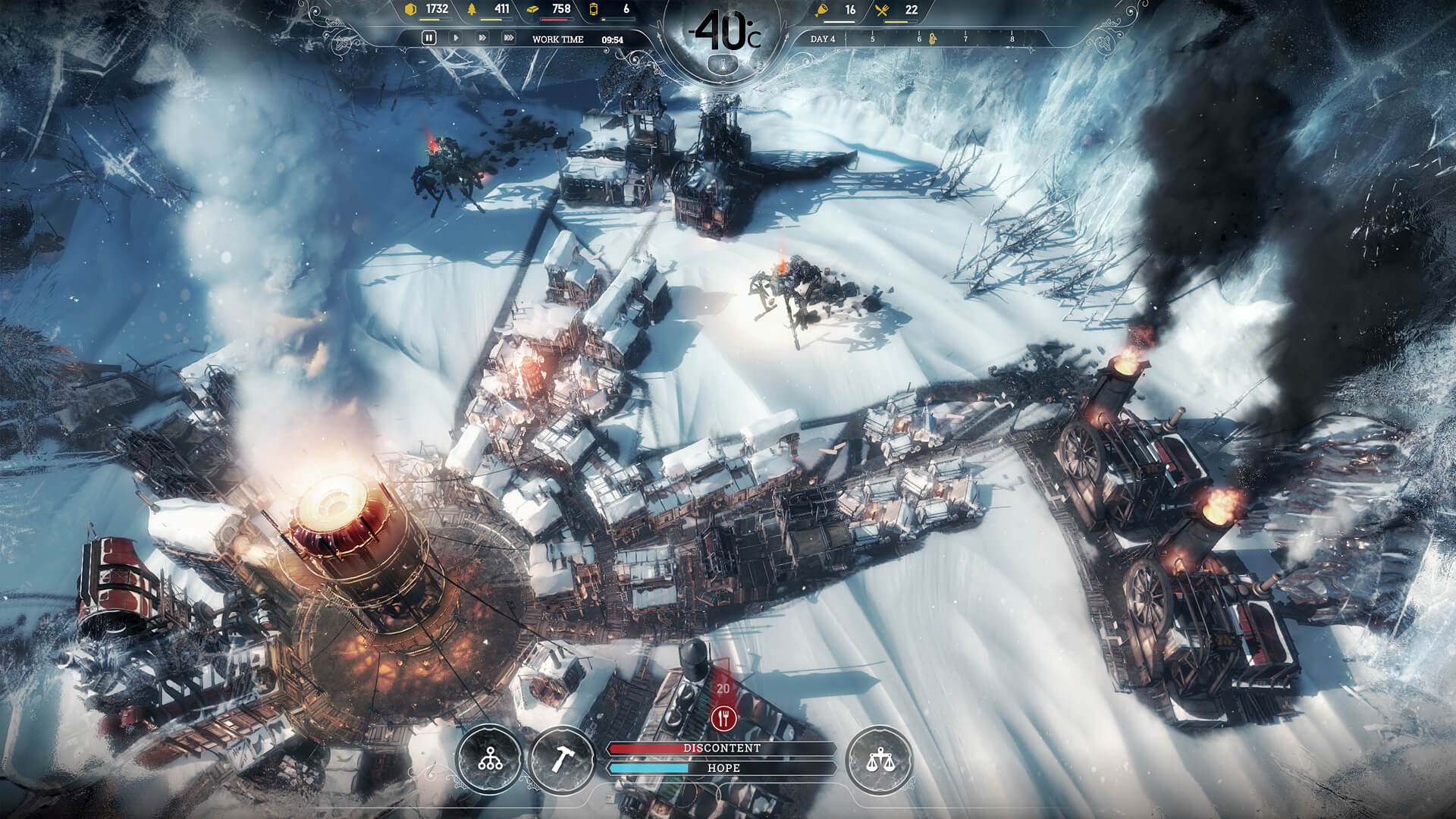
Tactical Intervention is a free to play tactical FPS with unique mechanics. You can drive, bomb, rappel, and shoot your way through eleven high octane levels. In this game you can command attack dogs, deploy breaching charges, perform drive-bys, and control hostage situations. JSON DATASET for macOS mapped to MITRE ATT&CK Techniques and Tactics recorded using Elastic Endpoint Security for macOS. For community contributions any forms of logs collection and formats are acceptable (preference for JSON).
Mac Os Versions
| Mac OS X Update: Quartz & Aqua by When we last left Mac OS X, it had reached the second developer preview release. The core technologies and APIs were all present, but the GUI remained troublingly unfinished. At the recent MacWorld Expo in San Francisco (MWSF), Steve Jobs revealed in his keynote address that the Mac OS X DP2 GUI is not so much 'unfinished' as it is wholly unrelated to the GUI that will ship with the OS--a place-holder, if you will. The actual Mac OS X GUI was briefly demonstrated during the keynote, and it is a radical departure from traditional Mac OS. This article will review Jobs' Mac OS X GUI demonstration and explain the underlying technology that makes it possible, emphasizing what is so new and different about it, and what it means for Mac users and PC users alike. Before we start, let's briefly review Apple's latest marketing angle on the Mac OS X core. Core OS: The Latest Picture Before demonstrating the GUI, Jobs reviewed the Mac OS X architecture. The culmination of this review was yet another high-level block diagram of the OS:
Nothing has really changed since Mac OS X was first announced over a year ago, but the naming, emphasis, and ordering of the blocks has been altered to suit Apple's marketing goals. For example, the bottom-level block is now labeled 'Darwin.' Darwin is Apple's name for the open source distribution of the Mac OS X kernel. In previous diagrams, the bottom-level block was simply labeled 'Mach.' It's still Mach, of course, but the Darwin project also encompasses the BSD API layer--something that was previously shown as a separate block above Mach and alongside the other APIs like Carbon and Cocoa. These cosmetic changes saya few things. First, they emphasizes the fact that Darwin is to besynchronized with Mac OS X. The current Darwin release available at Apple'sweb site is somewhat behind Mac OS X's internal development, but Darwin willbe updated when Mac OS X ships to be exactly identical to the kernel in thecommercial release. This was announced long ago at an Apple World WideDeveloper Conference (WWDC), but it was not emphasized to the generalpublic. Consequently, many developers have looked at the Darwin project as asort of academic exercise, or as open source political posturing by Apple.Now it's clear that it's in developers' best interests to pay attention toDarwin. Even if they don't make direct contributions to the source code,just having the code on hand as a reference is a great aid to development(especially when contrasted with the classic Mac OS development experience,where many OS features were obscure 'black boxes' with spottydocumentation). Second, since the BSD APIs are part of Darwin (and therefore lose their own block in the diagram), this new view of Mac OS X de-emphasizes the BSD APIs. They're still there, and developers can still write to them, but the other APIs are more applicable to traditional Mac OS development. Similarly, Java lost its API block and was merely mentioned as an alternate language for Cocoa development. Again, this is more of a marketing change than a technological one. The (green) graphics layer of the diagram has also been changed. Open GL, QuickTime, and Quartz are listed alongside each other despite their significant differences. OpenGL is the 3D API everyone knows and loves. QuickTime is Apple's media architecture which encompasses everything from audio and video playback to a 3D API of its own (QuickDraw 3D) which exists at a level of abstraction far above OpenGL. Indeed, QD3D could conceivably be implemented on top of OpenGL. (Apple's RAVE API is used instead, but it's a moot point since QD3D is now defunct.) And Quartz, which will be detailed in the next section, is the lowest-level of Mac OS X's display system. Why are they side-by-side in the block diagram? Perhaps it makes for a less confusing overview for non-technical people. As mentioned earlier, the (purple) API layer now contains only the three C's: Classic, Carbon, and Cocoa. They're listed in the order that Apple expects developers to use them: Classic for existing Mac OS apps, Carbon for revised Classic apps that take advantage of Mac OS X's modern features, and Cocoa for developers interested in the latest revision of the object-oriented NeXT/OpenStep APIs. But it's the top layer that is entirely new. Previously, this block was evasively labeled 'Advanced Mac OS Look and Feel.' Exactly what that meant, no one knew. Knowledge of that block's existence led to significant hedging about the GUI present in Mac OS X DP2, but I don't think anyone expected something as radical as Aqua. Before we get to that, let's review what is really the most significant part of the Mac OS X GUI--that box that's been in the diagram for over a year and that not many people took notice of until Aqua showed what it could do: Quartz.
|
|
